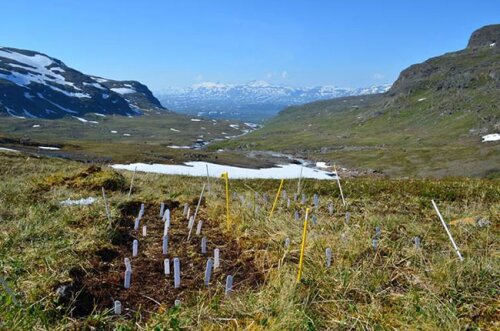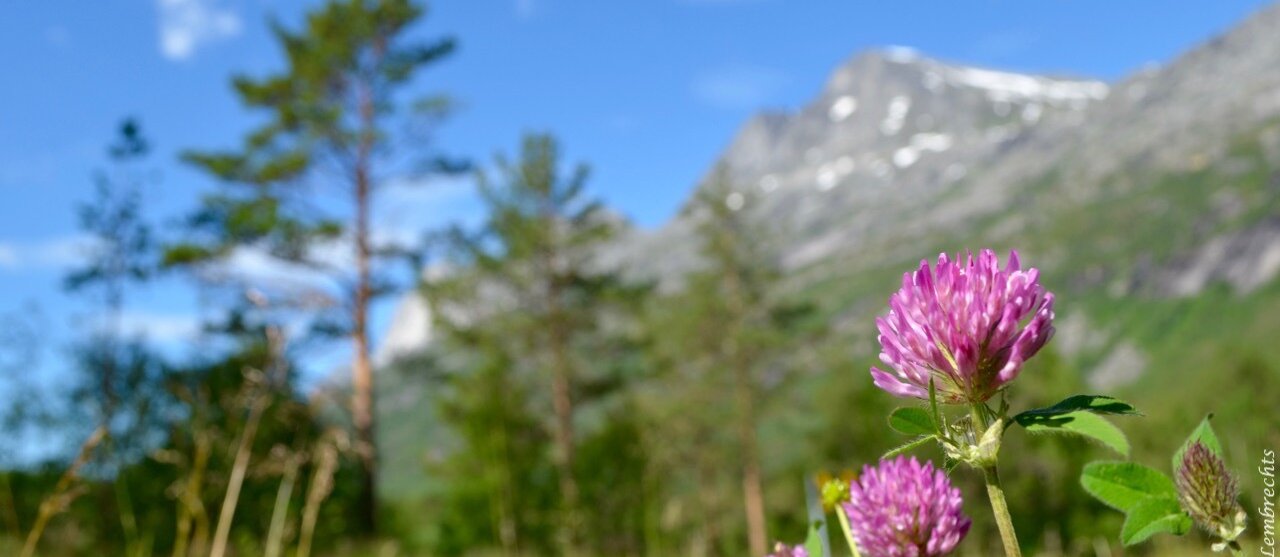Humans create stepping stones for exotic plants
All that is needed is some disturbance of the natural vegetation combined with a warmer environment (e.g. on a south-facing slope), an international team of ecologists states.

The team (with scientists from the University of Antwerp and the Research Institute for Nature and Forest (Belgium), the Université de Picardie Jules Verne (France), the Universidad Nacional del Comahue (Argentina) and the Universidad de Concepcion (Chile)) based their conclusion on the results from an experimental study in the harsh mountains of Swedish Lapland, in which six exotic species were seeded in controlled circumstances on an elevation where the cold would normally keep them away. In this experiment, they simulated different stressors (removal of the vegetation and top soil layer (disturbance), soil enrichment and the addition of exotic plant seeds) along a natural temperature gradient, and found that exotic plants may use disturbed south-facing slopes as stepping stones to reach the coldest ecosystems on Earth (cf. Artic and alpine ecosystems).
The results were unsettling: “Disturbances that disrupt the natural alpine vegetation, such as road and trail networks, can drastically increase the possibilities for exotic species to establish, even at elevations far higher than where we find them now” Jonas Lembrechts, PhD-student at the University of Antwerp, warns. “Moreover, our experiment revealed that the exotic species can make use of warm spots in the landscape as stepping stones to reach and potentially invade these elevations.”
Even at high elevations
Such warm spots are surprisingly common across the rugged terrain of mountain ecosystems, even at these high elevations. “The soils on south-facing slopes – which get a lot of direct sunlight - can for example easily be 7 °C warmer than their surroundings,” Jonas Lembrechts explains. “Yet humans are creating such warm spots as well when they remove, along countless roads and trails, the alpine vegetation that normally prevents the soil from heating up.”
The surprisingly high success of exotic plants in such warm and disturbed spots suggests that the spread of exotic species into cold mountain regions is likely to increase significantly in the future, if climate keeps warming and human disturbance of pristine alpine regions is not halted.

